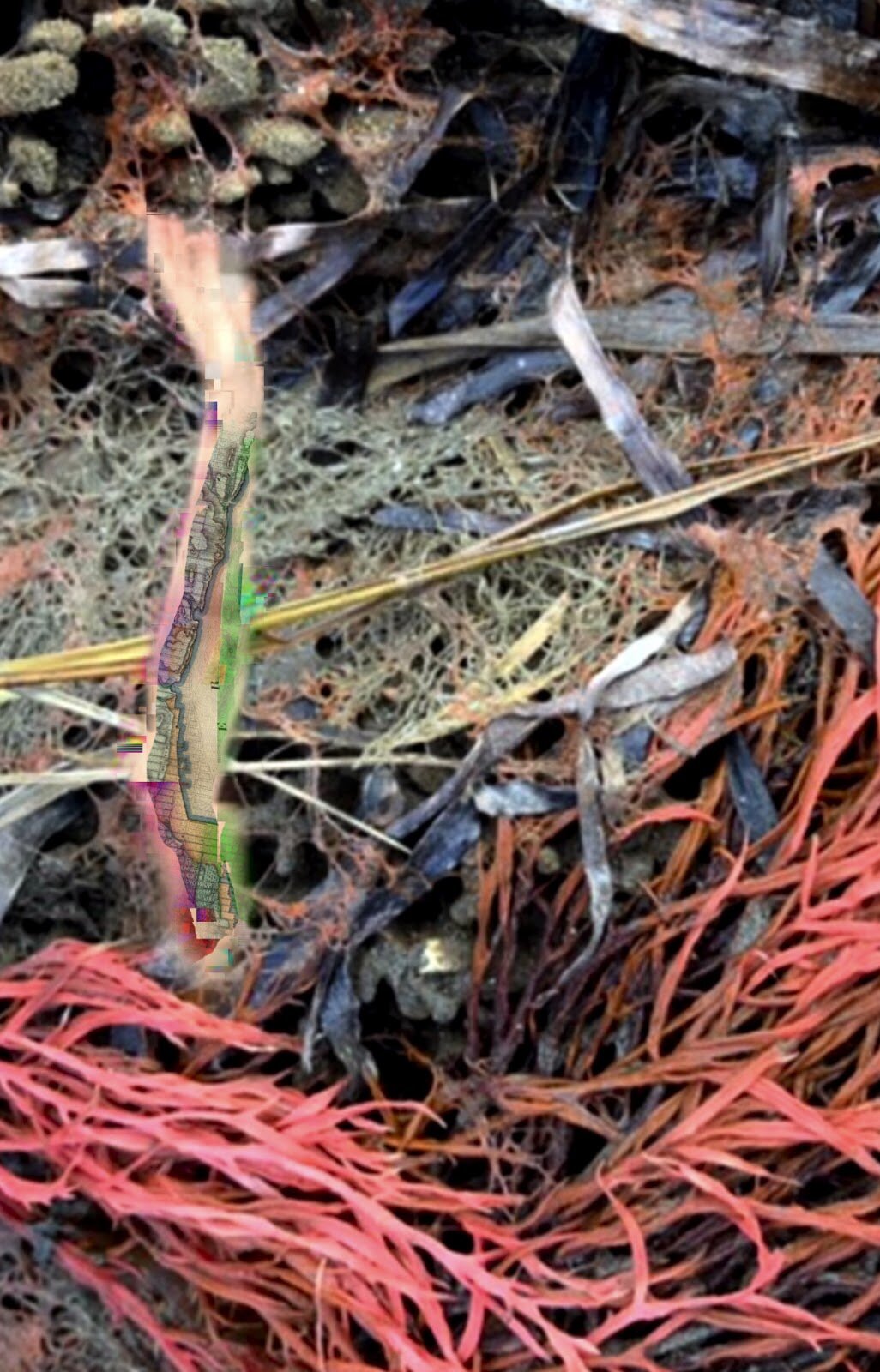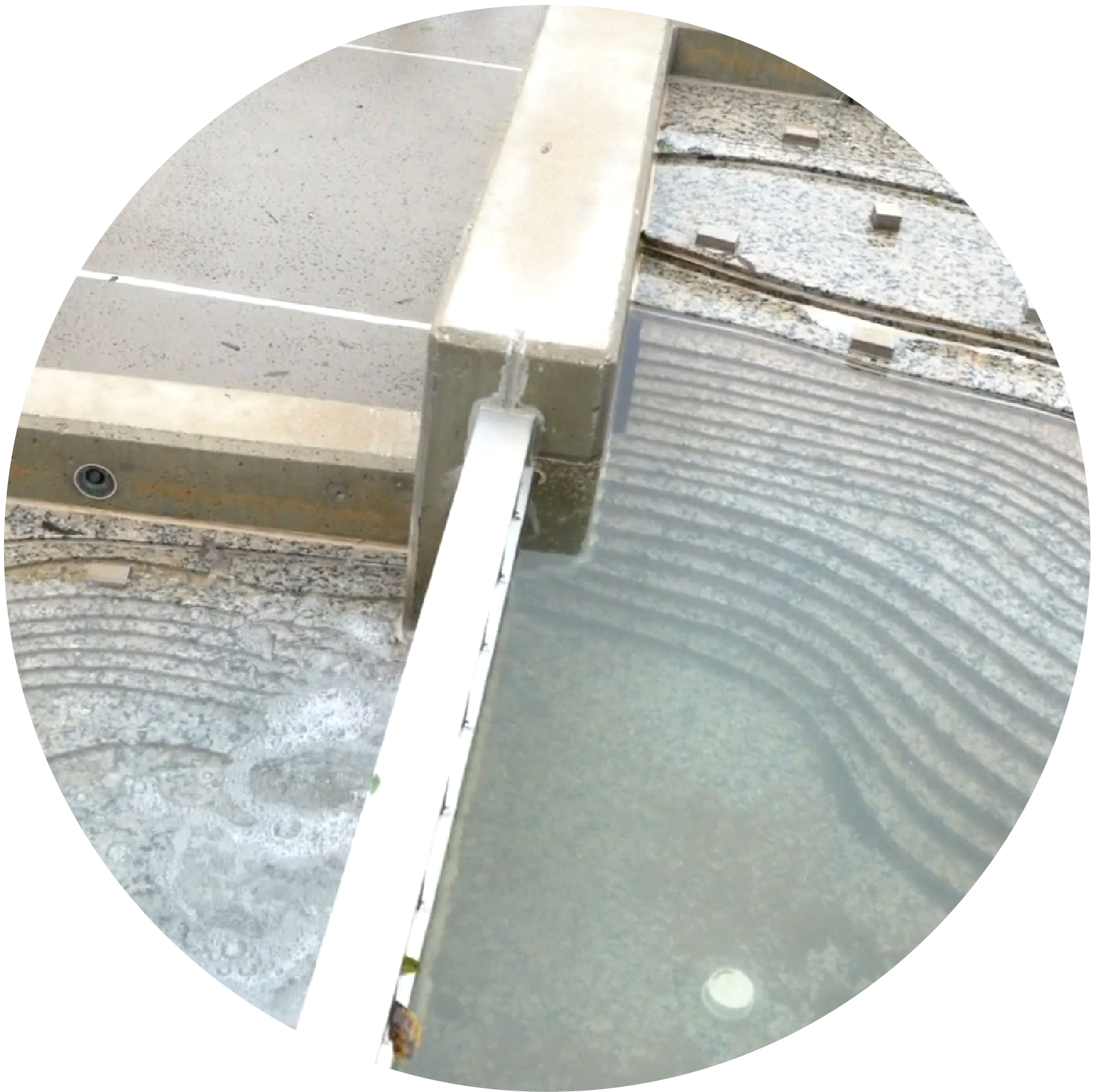I am here for #WalkingTheEdge as a mother to and student of Jonah, age 8, who has Down syndrome, Autism and hearing loss, and a profound connection with water. As an oral historian, I try to listen deeply, and in relationship with Jonah, I am learning to listen differently. For Walking the Edge I will try to steward his story by way of my own, following his gaze to Jacob Riis, where we went near daily when the city shut down in March. He needed the ocean, me the empty beach. More than a site for recreation or relief, Riis was a critical enclave, a place where my son and I could be together, needless of speech, at a kind of peace, away from all that loss.
Image description: A landscape oriented photo of Riis beach. The line of the horizon splits the image just above the middle. A winter sky is mainly shades of white, inflected with lateral brushes of silver, lavender, and, where the sun will set, peach and gold. The sun is white, with an aura of yellow. Beneath the sky is the beach: dark sand, silver with the skin of receded waves, which bubble white where the water froths. Low waves lap in, white where they break. The sea is otherwise grey. On the beach, directly beneath the circle of the sun, a young boy stands, legs scissored as he steps toward the sea. He is seen in profile, and, backlit, he’s all shadow. His raised foot rests mere inches above the beach—it will touch down the moment the photo ends. He wears a winter coat, its hood hanging down behind him. His mouth is slightly open, his head slightly forward, his whole pose intent toward the sea. His shadow stands directly beneath him, mirrored, so he appears doubled.]





















